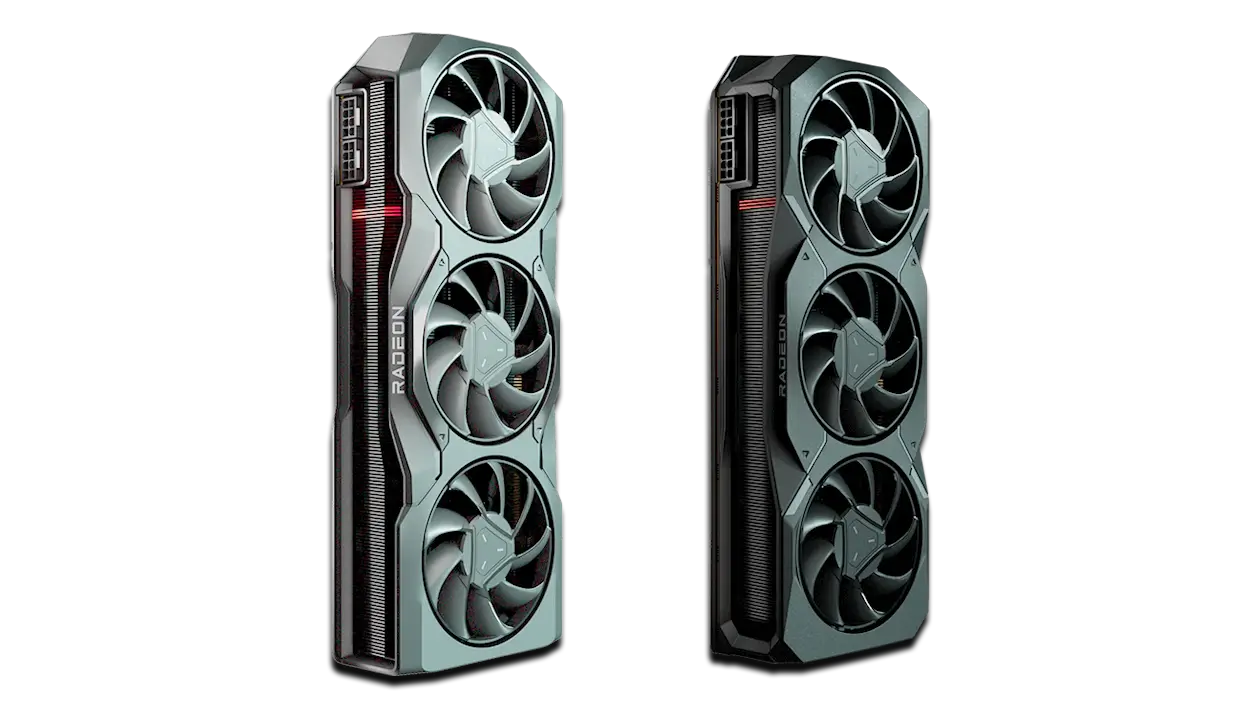AMD’s Azor Frank has Tweeted that Team Radeon will release new drivers for the RX 6000 series GPUs (and earlier) in the next 3 weeks. This delay marks a three month interval since the last driver update for these graphics cards went live. Ever since, AMD has been exclusively releasing graphics updates for the Radeon RX 7900 series cards.
We’re working on new @amdradeon drivers for 6000 series and prior gen cards. Aiming to release them within the next 2 weeks. Will provide another update if we run into any delays and as we get closer to posting them. Thank you for your patience
Originally tweeted by Frank Azor (@AzorFrank) on February 3, 2023.
This is a disheartening change just months after AMD put out slides claiming that it released graphics drivers more often than rival NVIDIA. The Radeon RX 7900 series graphics cards have largely been a disappointment, failing to compete with the RTX 4090 and lacking the efficiency of its Lovelace competitors.
AMD was supposed to release many new features with its annual Adrenaline driver update. Hypr-RX was one such addition, promising to boost gaming performance by up to 85% on Radeon GPUs. Hypr-RX is a one-click solution to unleash extra performance on all Radeon graphics cards, courtesy of its open-source suite of technologies. In addition to frame rates, it’ll also improve latency, cutting it by a third in games like Dying Light 2:
Official AMD slides show an uplift of 85% in Techland’s latest zombie-survival thriller. Unfortunately, Hypr-RX doesn’t bring anything new to the table and is a blend of existing FidelityFX technologies. It combines Radeon Super Resolution (FSR 1.0), Radeon Boost, and Radeon Anti-Lag to extract additional performance from the GPU at the expense of image quality.
Radeon Super Resolution is a driver-level implementation of FSR 1.0 and suffers from visual artifacts when dealing with transparent textures. Radeon Boost AMD Radeon Boost dynamically lowers the in-game resolution when fast on-screen character motion is detected via user input, offering a steady uplift in performance. In games supporting DirectX12, Variable Rate Shading (VRS) is added to enhance frame rates.
Anti-Lag is AMD’s version of NVIDIA Reflex and reduces the in-game latency to improve your chances of winning in high-speed shooters like Call of Duty, Fortnite, and PUBG. FSR 3.0 was also supposed to debut with this update, bringing frame generation using temporal data similar to DLSS 3.0. However, even as DLSS 3 has been released on several titles, there’s no sign of FSR 3.0.






